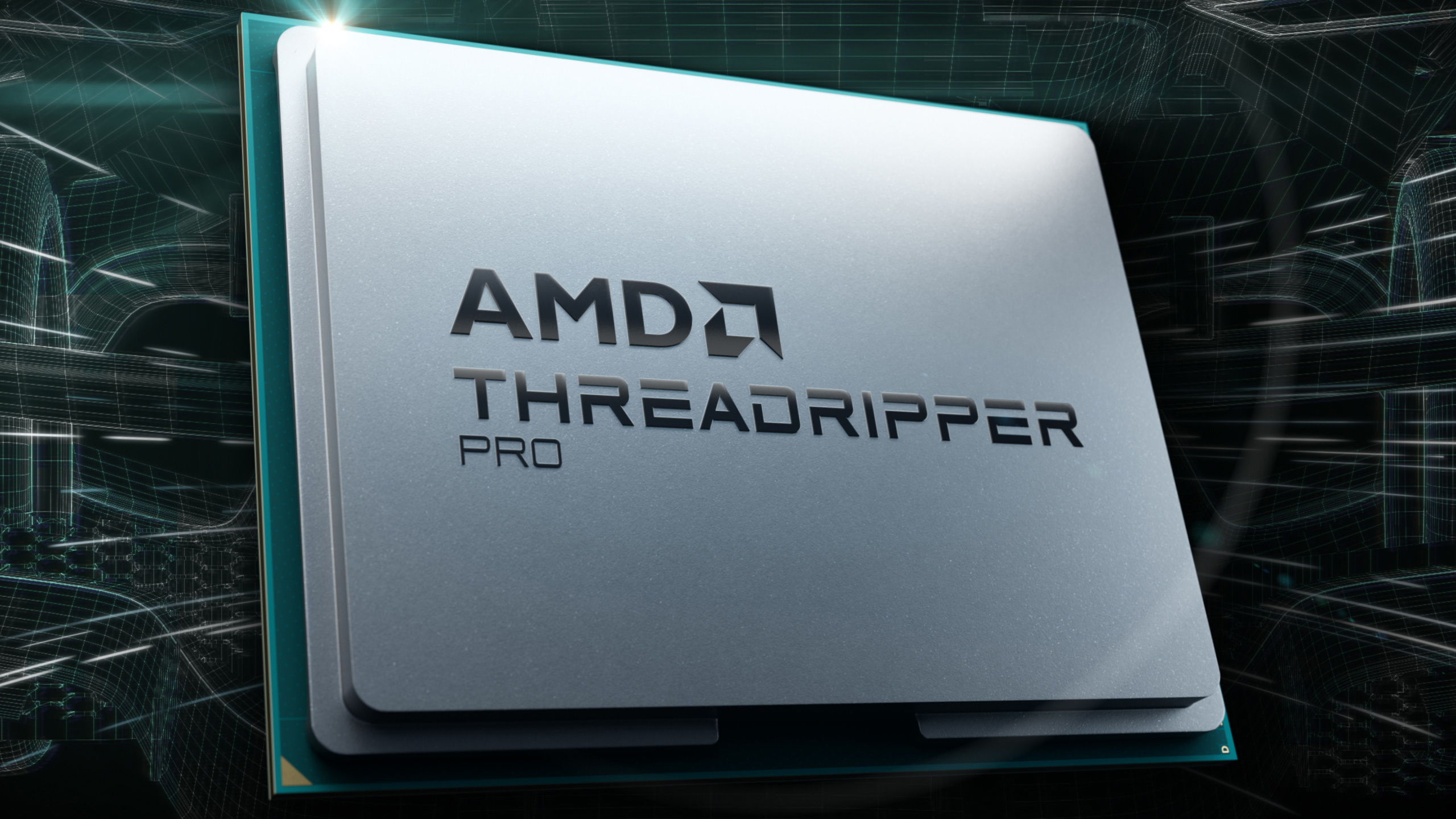
AMD's 3D V-Cache technology has been the holy grail for gaming ever since the inception of the Ryzen 7 5800X3D. With Milan-X and Genoa-X, the idea of vertically stacking cache chiplets atop CCDs spread to servers as well. Interestingly, it turns out that Asus' WRX90 "sTR5" motherboards for the Threadripper 7000 lineup feature an option to manually override or disable 3D V-Cache in said chips per Videocardz. However, no known Threadripper CPU hosts 3D V-Cache, at least not yet.
The documentation for the Asus PRO WS WRX90e-SAGE SE motherboard has a setting titled "3D V-Cache". The description and configuration options, per our deduction, indicate that this feature is used to disable V-Cache chiplets, either completely or based on the number of stacks. Important to note that motherboards for AMD's Genoa-X lineup had a similar setting that allowed users to disable the extra cache.

But what does this setting exactly mean by stacks? There are two interpretations and one is that this setting could disable 3D V-Cache on 'x' number of CCDs, where 'x' is the listed number of stacks in the BIOS. But this idea is not scalable, especially for workstation chips featuring upwards of 96 cores or 12 CCDs. Alternatively, this might refer to a setup where (up to 4) cache chiplets are stacked over each other, like HBM, but on a single CCD - hence the term stacks. However, placing multiple cache dies atop each other is expensive and AMD is likely not to integrate such a design with Zen 5 for obvious reasons. In any case, we shouldn't read too much into the details as we'll be left speculating at the end of the day.
This setting does not confirm that AMD's Threadripper 9000 "Shimada Peak" processors are guaranteed to have X3D counterparts. The most probable case is that the feature was ported over from SP5's codebase - but who knows? Based on shipping manifests, an SKU was spotted packing 96 cores using the Zen 5 microarchitecture - likely the flagship Threadripper 9000 offering. Since no major revamps have taken place with Zen 5, next-gen Threadripper CPUs should slot into the existing sTR5 socket.
Threadipper 7000 "Storm Peak" launched almost one year after EPYC Genoa, so expect its successor to arrive sometime in 2025.







